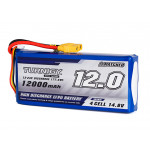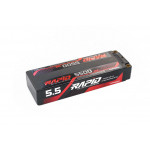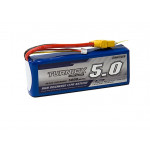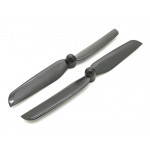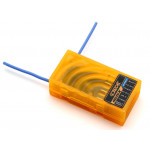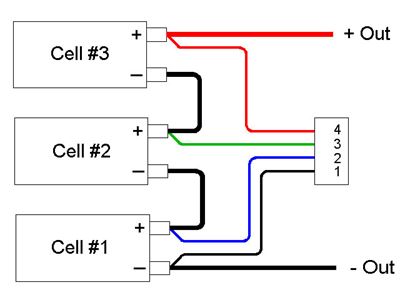
Repairing a battery could be dangerous so from the outset you must assume this procedure has inherent risks that you must mitigate.
LIPO batteries are volatile and if damaged or punctured could catch fire. For that reason, you should not perform this task indoors. You should do this outdoors, away from all flammable and inflammable materials or liquids. You should have a bucket of water or sand at the ready to place your LIPO should something go wrong. You must have a way to fight a fire should it arise. A hose or extinguisher or both would be desirable. Your lipo battery voltage should be around 3.6v per cell and this is because a fully charged LIPO is extremely volatile, whilst a near flat LIPO is considered less volatile.
Whilst these warnings sound extreme we always plan for the worst and hope for the best so that you're not surprised should something go wrong. If the battery is damaged from a crash you should consider discarding the battery. If the pack shows signs of damage, don’t risk it. It may even charge and cycle fine but without any warning, the battery could catch fire. It would be fair to say the folks at Ezdrone knew what they were doing yet a LIPO battery managed to ignite with a warning.
This is why we take adequate precautions and we make sure that LIPO batteries are stored properly and worked on in a suitable location.
Damaged Discharge Plugs
If you have a damaged balance plug, first check the voltage of all cells and make sure they are all at a similar voltage. If you notice one cell is significantly lower than the others then it may indicate a puncture or damage to a cell. The exception here is if your crash was the result of a low voltage cut off it would be normal to see one or more cells significantly lower than the others. Carefully check the battery and if you notice damage discard the battery. Don’t’ risk it. It’s common to see a balance lead that has been chopped by a prop strike. There are two ways to fix it. Ideally, we would remove the balance lead connector and replace it but if you are in a bind you can fix it up with a little two-part epoxy.’
 Start by prepping the area. You need to make some formers that will stop the epoxy dripping off the sides. Sticky tap is fine, so start by winding that a few times around the connector. Before applying the glue, I plug a jumper pin in where the glue is going to go. This stops the glue from going into the pinhole and affects conductivity later. Be aware to make sure there is no way the metal part of your jumper pins can touch each other, which could cause a short circuit and even fire! Apply a little vegetable oil to the pins to stop the epoxy from adhering to the pins. Mix the epoxy and pour it into the connector. Once it is almost cured you can cut away the excess.
Start by prepping the area. You need to make some formers that will stop the epoxy dripping off the sides. Sticky tap is fine, so start by winding that a few times around the connector. Before applying the glue, I plug a jumper pin in where the glue is going to go. This stops the glue from going into the pinhole and affects conductivity later. Be aware to make sure there is no way the metal part of your jumper pins can touch each other, which could cause a short circuit and even fire! Apply a little vegetable oil to the pins to stop the epoxy from adhering to the pins. Mix the epoxy and pour it into the connector. Once it is almost cured you can cut away the excess.
LIPO Balance Wire Repair
This repair is generally easy provided you only need to repair one wire. Solder and shrink wrap is all that is required for this task. If you damage more than one wire and they are not color-coded you will need to double-check it with a multimeter. You need to be sure you are re-joining the correct wires.
Replace Balance Plug
This is, of course, the easiest option as no soldering or gluing is required. You simply open the connector by pulling back the plastic tabs and gently pulling on the lead. You should only remove one lead at a time so that you know where it goes and they don’t touch each other and cause further damage.
LIPO Cell Wire Broken
I have saved the worst until last. The most unpleasant task is pulling down the lipo as the utmost care must be exercised. If you are using a knife be careful not to slip as it may damage the LIPO cells and may cause a fire at worse and a useless pack at best. Once you have exposed the terminals you can solder the wire back to the tab. Be sure that the tip of the soldering iron does not cross or touch other cells at the same time.
Best of luck
Hear it First: Join our Mailing List
Sign up to receive new product updates, exclusive discounts, news, and more!


